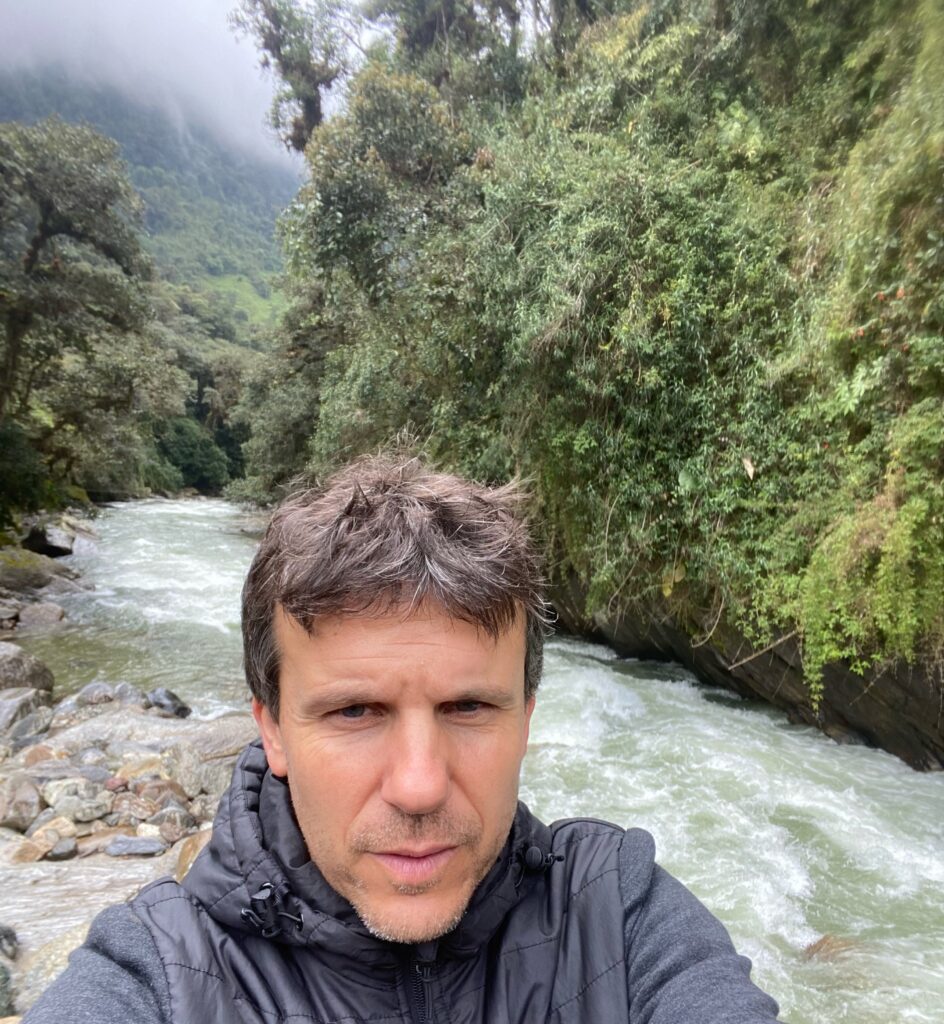My career has developed across several institutions around the world including the Universities of California Davis, Cape Town, Queensland and Southampton. My research focuses on advancing our understanding of the ecological and evolutionary consequences of human activities on marine species and ecosystems. I have made significant contributions in the fields of invasion genetics, biogeography, biodiversity conservation and community ecology. A key example is the extensive use of the latest DNA sequencing techniques to improve our knowledge of associations between intra-specific hybridisation of divergent genotypes, successful colonisation of non-native species, and rapid changes in species ranges. Undertaking this research has meant collecting samples of marine organisms, seawater and sediment from different parts of the world using oceanographic vessels, and conducting intertidal and subtidal surveys.
Other current research projects:
– IMOVES
+ Info: Ecology and Evolution Lab



